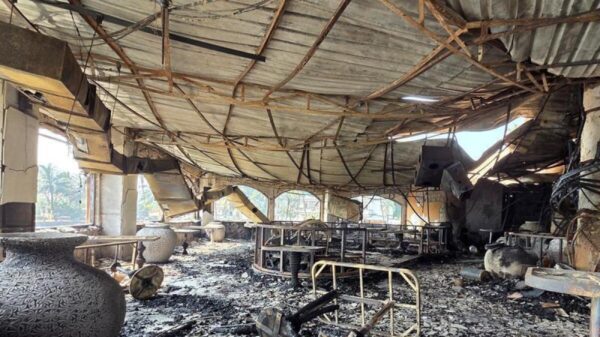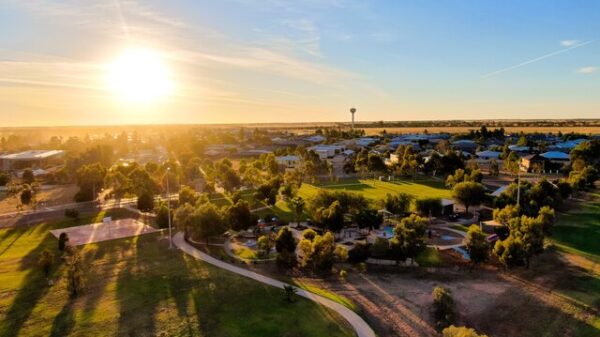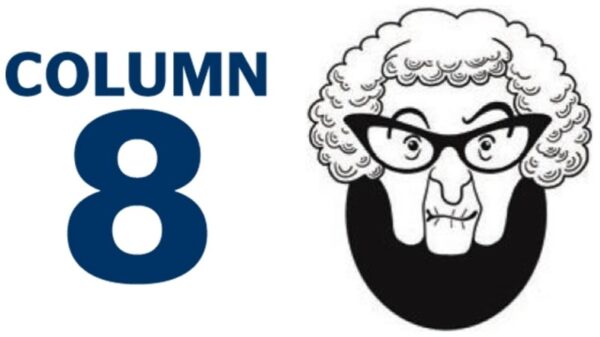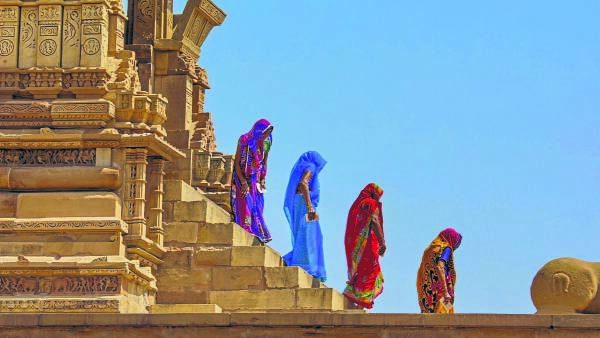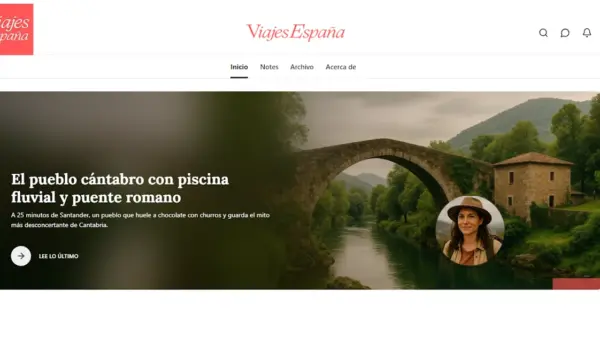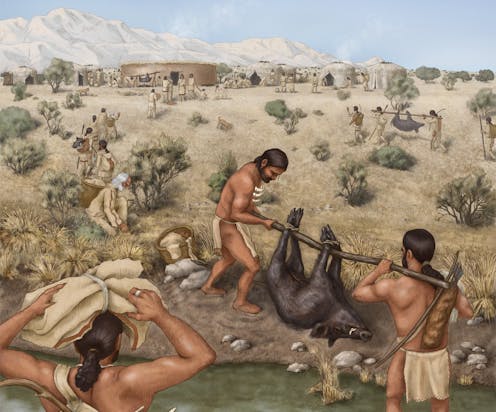Recent research has uncovered significant insights into early social customs, revealing that guests at a feast in the Zagros Mountains of Iran, approximately 11,000 years ago, brought wild boars from considerable distances. This finding sheds light on the communal practices of ancient peoples prior to the advent of agriculture.
At the archaeological site of Asiab, remains of a grand banquet were discovered, including the skulls of 19 wild boars. These skulls were neatly arranged and sealed within a pit located in a circular structure. The presence of butchery marks on the skulls indicates that these animals played a central role in the feast. Until this study, the origins of these boars had remained a mystery.
To determine the geographical origins of the boars, the research team, led by Kathryn Killackey, analyzed the tooth enamel of five specimens. They examined the microscopic growth patterns and chemical signatures within the enamel. The results revealed that some of the animals had been transported from at least 70 kilometers away, indicating significant effort in their procurement and transportation through challenging mountainous terrain.
Feasting Before Agriculture
Feasting has long been documented in archaeological studies, particularly in societies that relied on agriculture for surplus food production. Historically, it has been suggested that feasting may have influenced the transition to agriculture, although this theory remains debated. The evidence from Asiab is unique as it predates agricultural practices, making it a rare glimpse into early communal celebrations.
The significance of the feast at Asiab lies not only in its age but also in its implications for social dynamics. Participants invested considerable effort into their contributions, suggesting that the act of gathering and sharing food held deep cultural meaning. Such gatherings fostered social bonds and reciprocity, much like modern social events that center around food.
Cultural Significance of Food
Food has always been an essential aspect of cultural identity and social rituals. Traditions surrounding food are prevalent worldwide, with holidays and festivals often featuring specific meals that symbolize community and heritage. For instance, the Christmas dinner, Eid food gifts, and Passover matzo ball soup all highlight the role of food in marking significant occasions.
Just as today’s gift-giving often includes items that represent specific places, ancient peoples recognized the importance of location in their feasting practices. The findings at Asiab parallel other archaeological evidence, such as the feasts held at Stonehenge, where animals were sourced from various regions across Britain.
Understanding the dietary habits and social customs of our ancestors allows us to appreciate how deeply rooted these traditions are in human history. The study’s innovative techniques included examining the growth layers in the boars’ teeth, which resemble tree rings, allowing researchers to track dietary changes over time. This method enabled the team to infer the distance travelled by the animals, suggesting they were likely hunted in remote areas and brought to the feast as a gesture of social significance.
The research was supported by Early Career Research grants from Griffith University and the Society for Archaeological Science. These findings provide valuable insights into the cultural practices of early human societies and reinforce the idea that the traditions of sharing food have long been integral to fostering community bonds.






